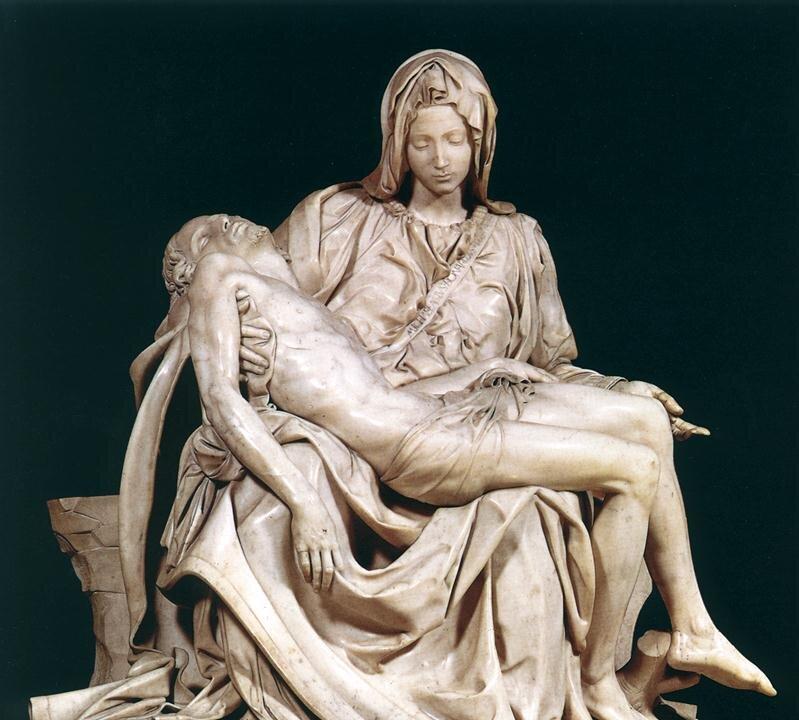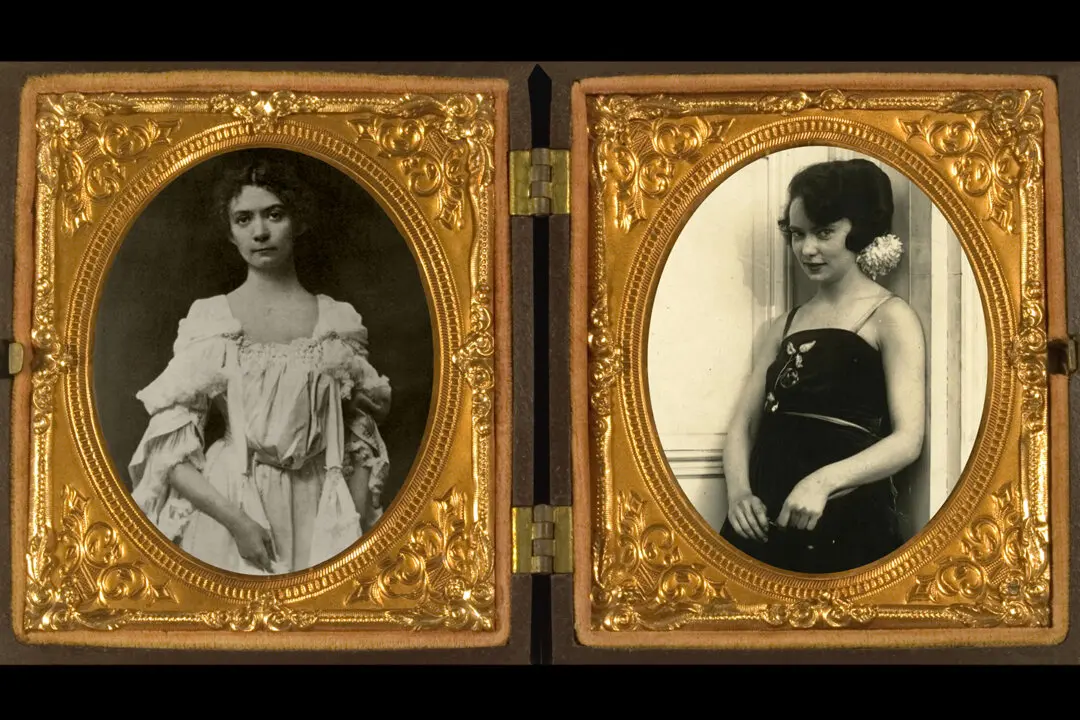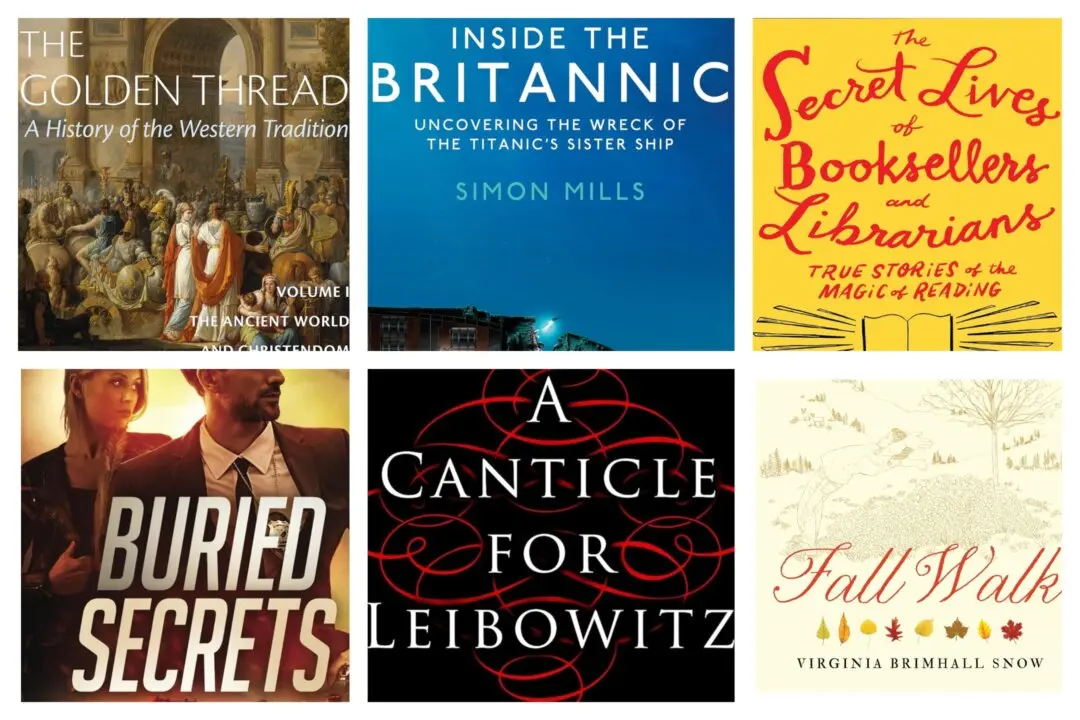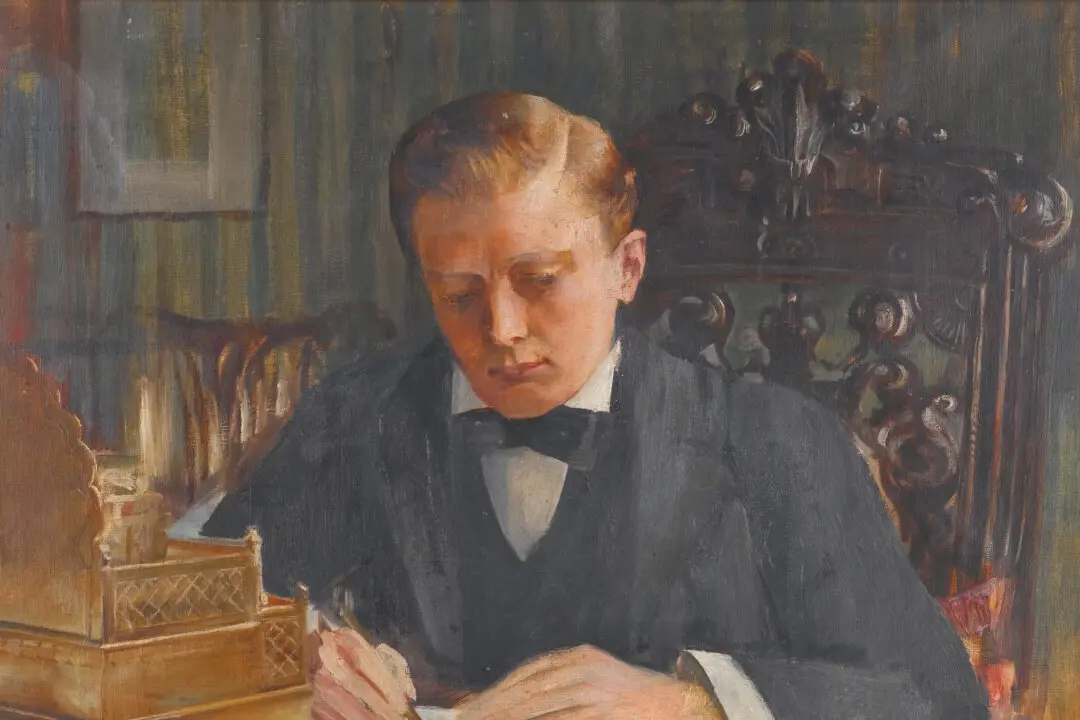First up, my lack of credentials.
Though I have visited museums and galleries of art in France, Italy, Switzerland, Germany, England, and the United States, I have not set foot in such a museum or gallery in five years. In college and graduate school, I took only one class in the history of art, a course on medieval painting and sculpture. I have known few artists, and of these only the work of one—Henry Wingate, a representational painter—aroused my full admiration. In short, like most Americans, I have no license, no degree, no training as a critic in “les beaux-arts,” the fine arts.






